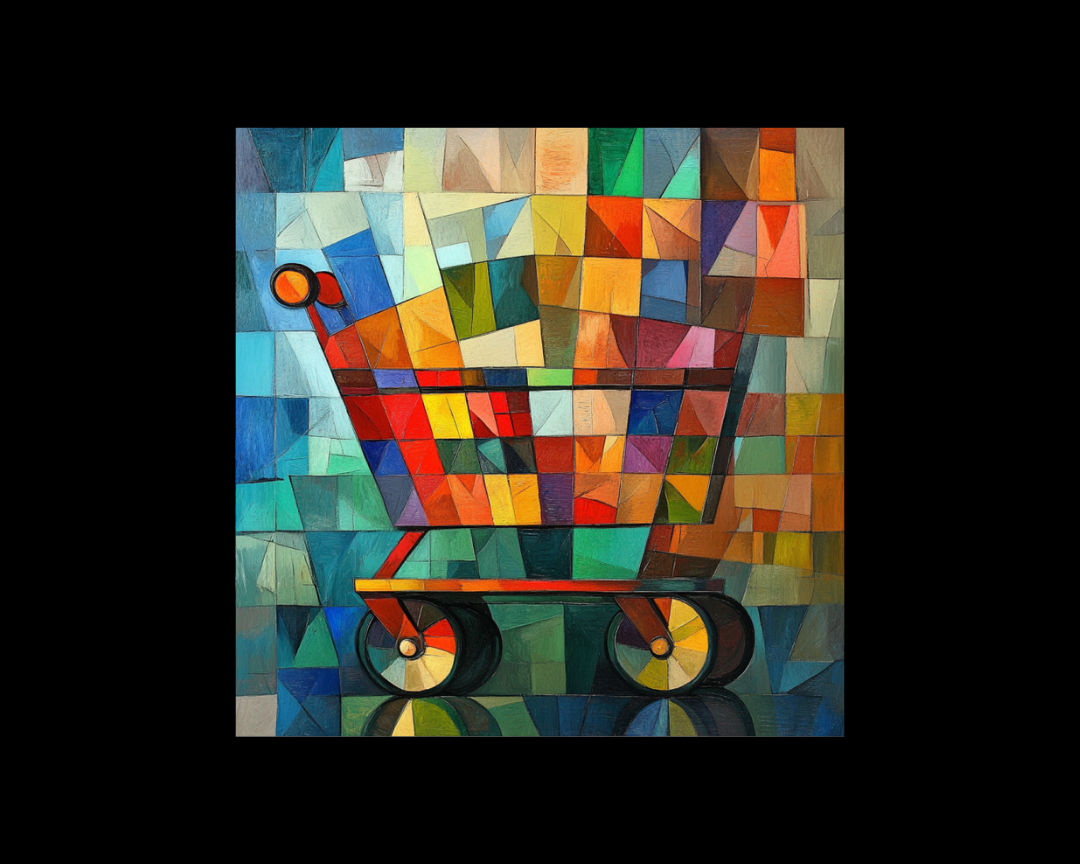1 min read
Outlining With ChatGPT
One of the ways that content AI systems are useful to content strategists and writers is outlining. It uses the same sources we use (i.e., the...
4 min read
 Writing Team
:
May 8, 2025 12:40:57 PM
Writing Team
:
May 8, 2025 12:40:57 PM

ChatGPT Just Became Your Shopping Assistant (Whether You Asked For It Or Not)
Ask ChatGPT about dog costumes today, and you'll get more than just text suggestions. You'll see a sleek carousel of product images, complete with prices, ratings, and those oh-so-helpful AI-generated labels like "budget-friendly" (translation: it probably won't fall apart immediately).
OpenAI has quietly rolled out shopping features to ChatGPT users across all tiers – Plus, Pro, Free, and even logged-out visitors. This isn't just another update; it's OpenAI planting its flag firmly in commerce territory, potentially disrupting how millions discover and buy products online.
But what exactly determines which products appear when you're chatting about purchases? Let's peek behind the algorithmic curtain.
When ChatGPT detects shopping intent, it doesn't just randomly grab products – there's a method to the merchandise madness.
According to OpenAI's documentation, the selection process relies on multiple factors working in concert:
For example, if you've previously mentioned a $50 budget cap in your custom instructions, or if you've told ChatGPT you hate clown-themed anything, it factors that into its product selection.
This contextual approach aligns with user behavior research from the Baymard Institute, which found that 60% of users expect search systems to understand their intent beyond exact keywords.
This selection approach mirrors what we've observed with Google's AI Overviews, which similarly attempt to understand query intent before presenting results. The key difference: ChatGPT explicitly states its results "are not ads" – a direct shot at traditional search engines.
Unlike traditional search engines with relatively transparent ranking factors, ChatGPT's product ordering remains somewhat opaque.
Here's what we do know about how results are prioritized:
According to research by GE Capital Retail Bank, 81% of shoppers research online before making significant purchases. ChatGPT's approach attempts to compress this research phase by presenting curated options with synthesized reviews – potentially shortening the buyer journey.
Perhaps most revealing is OpenAI's admission about how merchants appear in results:
"The order in which we display merchants is predominantly determined by these [third-party] providers. We do not re-rank merchants based on factors such as price, shipping, or return policies."
This is a stark contrast to how ecommerce shoppers typically prioritize merchants, with price, shipping speed, and return policies often being decisive factors.
OpenAI's current approach essentially outsources merchant ranking to unnamed data partners – likely aggregators who already have established relationships with retailers. This means that a merchant's visibility in ChatGPT isn't directly influenced by consumer-friendly policies or competitive pricing.
OpenAI acknowledges this limitation, noting: "We expect this to evolve as we continue to improve the shopping experience." They're exploring direct product feeds from merchants, which would potentially create new optimization opportunities similar to those in Amazon's A9 algorithm or Google's Shopping feeds.
For businesses, ChatGPT's shopping features represent yet another channel requiring specific optimization strategies. We're in the early days of what we might call "GPT Optimization" – the practice of structuring your product data and digital presence to maximize visibility in AI shopping results.
Based on OpenAI's documentation, here are the likely optimization factors:
This parallels the evolution we've seen with generative engine optimization, where content creators are adapting their strategies for AI-first discovery.
OpenAI acknowledges several limitations in the current implementation:
OpenAI is actively soliciting merchant participation for future direct product feeds, suggesting an evolution toward a more sophisticated product discovery ecosystem – one where SEO principles will likely expand to include "ChatGPT Shopping Optimization."
ChatGPT's shopping features represent the latest front in the AI commerce revolution. While it's still early days, businesses should take several steps to prepare:
At Hire a Writer, we're already helping clients adapt their product content for AI discovery. Our SEO specialists are developing strategies that work across traditional search, social commerce, and these emerging AI shopping platforms.
The rules of product discovery are being rewritten by AI, and staying ahead requires expertise in both traditional SEO and emerging AI optimization techniques. Need help navigating this new landscape? Contact our team to develop a strategy that ensures your products stand out in ChatGPT's shopping results.
%20(1).png)
1 min read
One of the ways that content AI systems are useful to content strategists and writers is outlining. It uses the same sources we use (i.e., the...
%20(1)-1.png)
Is the advent of ChatGPT spelling the demise of SEO? Not at all. When harnessed correctly, it can significantly simplify your SEO tasks.
.png)
5 min read
In a world where algorithms reign supreme, ChatGPT shook the digital landscape in November 2022, amassing a staggering 1 million users in just...